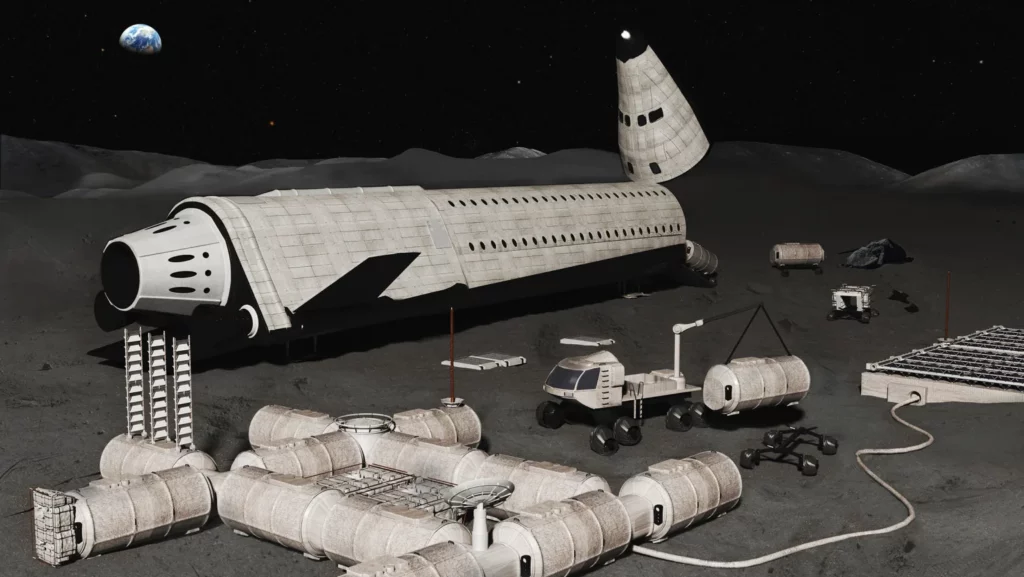Surviving Deep Space Missions: The Need to Recreate Earth-like Conditions
Some scientists are suggesting that the key to successful deep space missions may be recreating Earth’s ecosystems, gravity, and oxygen. According to Morgon and Lee G. Irons, a father-daughter research team, in order to survive missions to other planets, humans will need a “self-restoring, Earth-like, natural ecosystem.”
In a recent paper published in Frontiers in Astronomy and Space Sciences, the Irons argue that extended periods of time spent in low to no gravity during deep space missions can lead to shocking bone loss, as we have already seen with astronauts on the International Space Station. Therefore, recreating Earth’s ecosystem may be crucial for the success of such missions.

According to a recent paper, the bone loss experienced by astronauts during deep space missions could be exponentially greater, potentially even life-threatening. This is due to the lack of gravity pulling on the body. To address this, Japan is exploring ways to create artificial gravity on the Moon.
While it has long been recognized that deep space missions require Earth-like systems such as oxygen, water, and food, the paper takes a more comprehensive approach. The Pythagoras theory, which states that humanity has only survived due to the specific conditions on Earth, argues that similar conditions would be necessary for deep space missions to be successful.
The Irons, who authored the paper, also suggest that a deep space settlement would need to replicate not only environmental networks but also societal systems that have allowed humanity to evolve and thrive on Earth. This theory is supported by scientific evidence and offers a convenient way to organize the various components required for successful deep space missions.
Many of these components are already being researched on a smaller scale, although deep space missions would require much larger-scale implementation.


